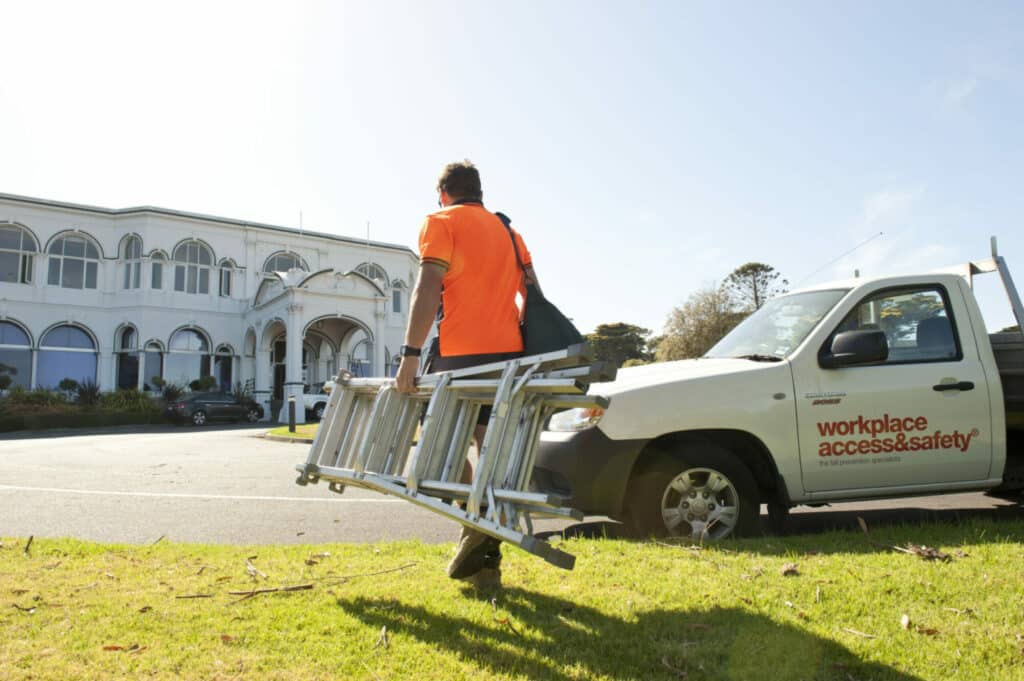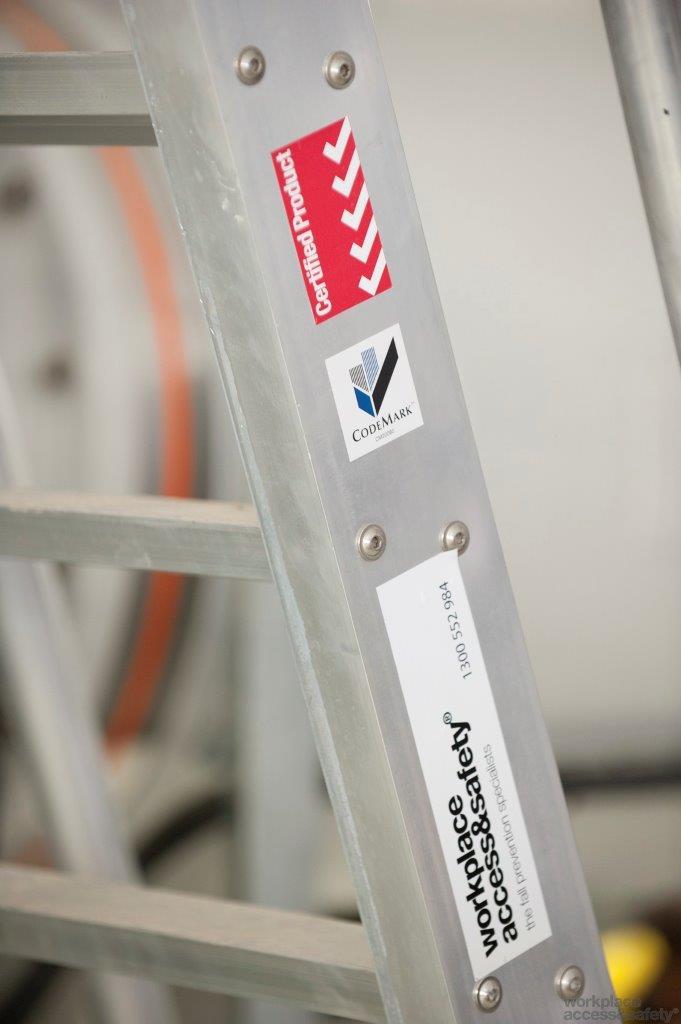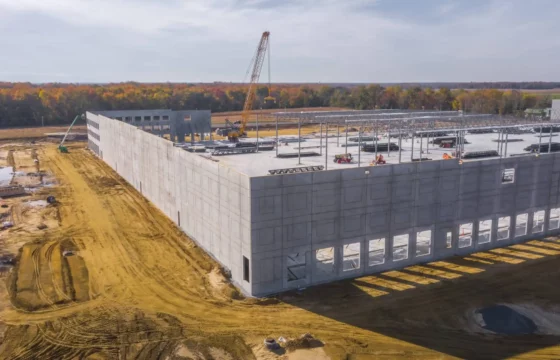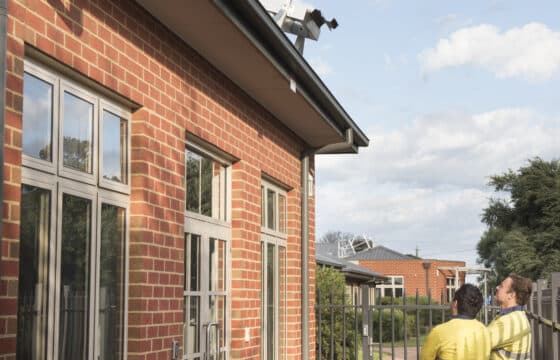Do portable ladders need to be on an asset register?
To help you improve ladder safety and compliance for your site, we chatted with our height safety experts for insights into portable ladder usage and requirements.
Knowing what ladders should be on site
Ever needed a ladder for a task around the office and asked your team to buy a Bunning’s portable ladder on the way to work? Or perhaps the handyman has brought his old step ladder in to do odds and ends around your site?

Even if safe, those ladders could be non-compliant and if there’s a fall it could cost you more than a hospital bill. In fact, your insurance might not even cover an incident at all.
Other than different types of ladders – such as an A-frame vs extension ladder or platform ladder – it’s easy to think that all ladders are the same. However, there are domestic and commercial use ladders, and knowing the difference is paramount for your site’s safety and compliance.
Where a domestic ladder usually has a load rating of 80kg, commercial-use ladders need to have an industrial load rating of 120kg. Most ladders from hardware stores should only be used for domestic use, and you should also check specifications before you purchase a ladder for use on-site.
This isn’t the only difference. As well as industry standards, there are regulatory requirements you need to adhere to and portable ladders need to be checked regularly. All of this is the business’ responsibility and needs to be considered alongside your regular compliance inspections and recertification processes.
How to ensure your ladders are safe
While most ladders come with stickers about safety rules and specifications, when did you last check this before grabbing a ladder to change a light bulb? And, is it still even there?
The fact is, these stickers fade and most people don’t think to look. Ladders are also carried around on top of car roofs or kept outside, with the elements causing their material to become dangerously brittle. Something as simple as a rubber foot being missing can also make your ladder unsafe for use. We often find that many clients aren’t even sure how many ladders they have on site, or where they are at any given time.
This is why ensuring your ladders are not only included on your asset register but also in your annual height safety compliance inspections is essential.
By conducting regular ladder inspections, you can ensure any ladders you have on-site are:
- Industrial grade, meeting regulatory and industry standards
- Safe for use and are being used for the right tasks
- Included in your asset register for easy management and ongoing compliance checks
- Updated with the right safety tags and usage stickers
Understanding your compliance responsibilities
Your ladders also need to be recertified on a regular basis, with fixed ladders annually and portable ladders every six months. However, this can be hard to keep up on when your ladders are just one of many pieces of height safety equipment you have on site.
That’s why our six-step ladder recertification and inspection services include not only walk-through inspections and reports, but asset registry updates and compliance reminder set-up.
Our NATA certified process also provides recommendations, identifies potential risks and hazards, and provides compliance guidance to keep you on track. Have unsafe or domestic ladders on site? We tag them and let you know so you can take action straight away.

By updating your asset register during compliance inspections and recertifications, you can know immediately (and in a couple of clicks) what ladders are safe to use, where they are, and when they next need to be checked.
Don’t have an online asset register? We set it up for you during our height safety compliance inspections.
Leveraging technology to enhance ladder safety
Even if your ladders have been inspected and recertified, knowing which portable ladder is which can be tricky. Especially as ladders don’t always get put back where they should or are sometimes taken off-site for jobs.
That’s why we’ve incorporated QR asset registry codes into our inspections, with all equipment – including your ladders – tagged so you can easily identify them later. All this information is incorporated into your asset register, allowing you to scan and check a ladder at any time. This also helps your staff identify where a ladder should be returned to or if there are any safety issues listed.
Incorporating QR technology can be a great way for you to keep up on maintenance checks and risk reporting as well as keep your asset register up to date easily.
Moving from a manual to an online asset register is also a must for today’s digital world, ensuring your team – no matter if on or off-site – can check assets at any time. A digital asset register can also:
- Ensure all equipment details, specifications and notes are in one place.
- Enhance your maintenance and service program.
- Enable better compliance and risk management.
- Better identify potential hazards and assess risks.
- Improve your procurement and maintenance controls.
Incorporating your equipment’s date of purchase and manufacture, you’ll be able to better understand when height safety equipment needs to be replaced or when they should be transitioned from use.
Could your portable ladders be putting you at risk?
Book your ladder inspection or recertification today and let us help you identify and mitigate ladder-associated risks.


